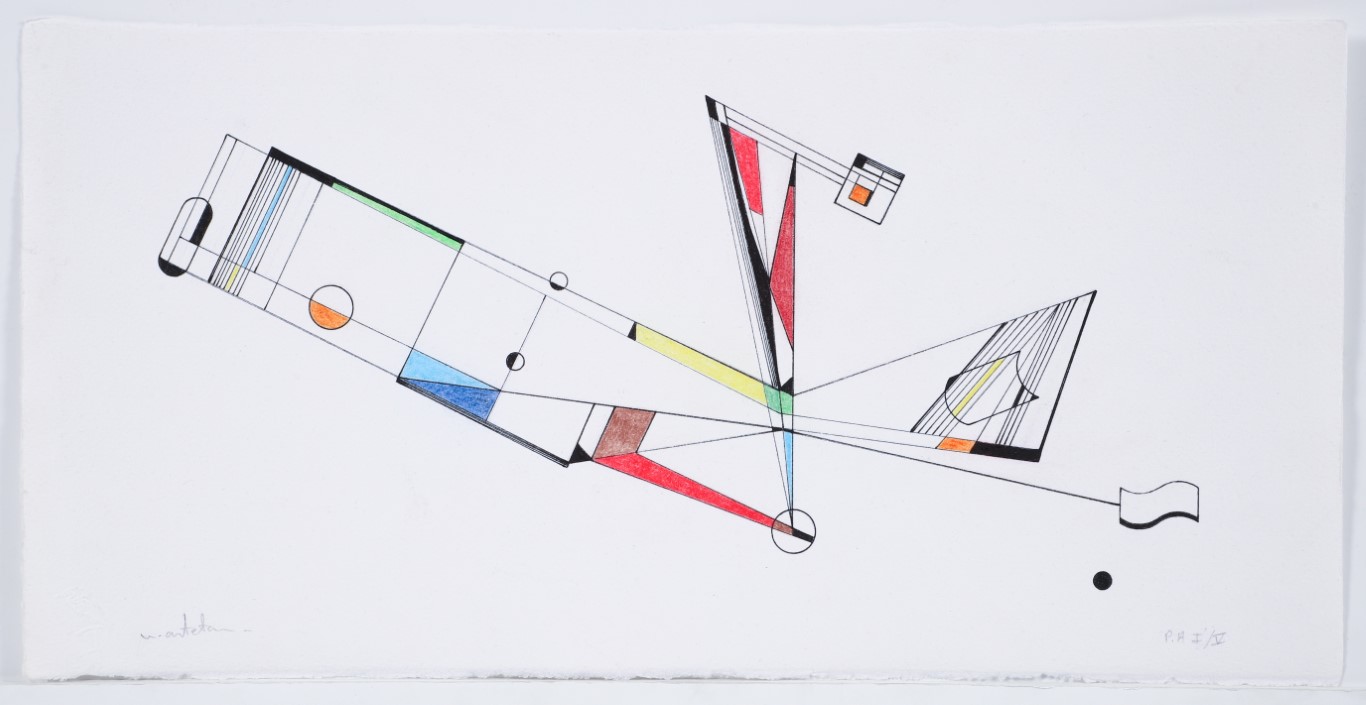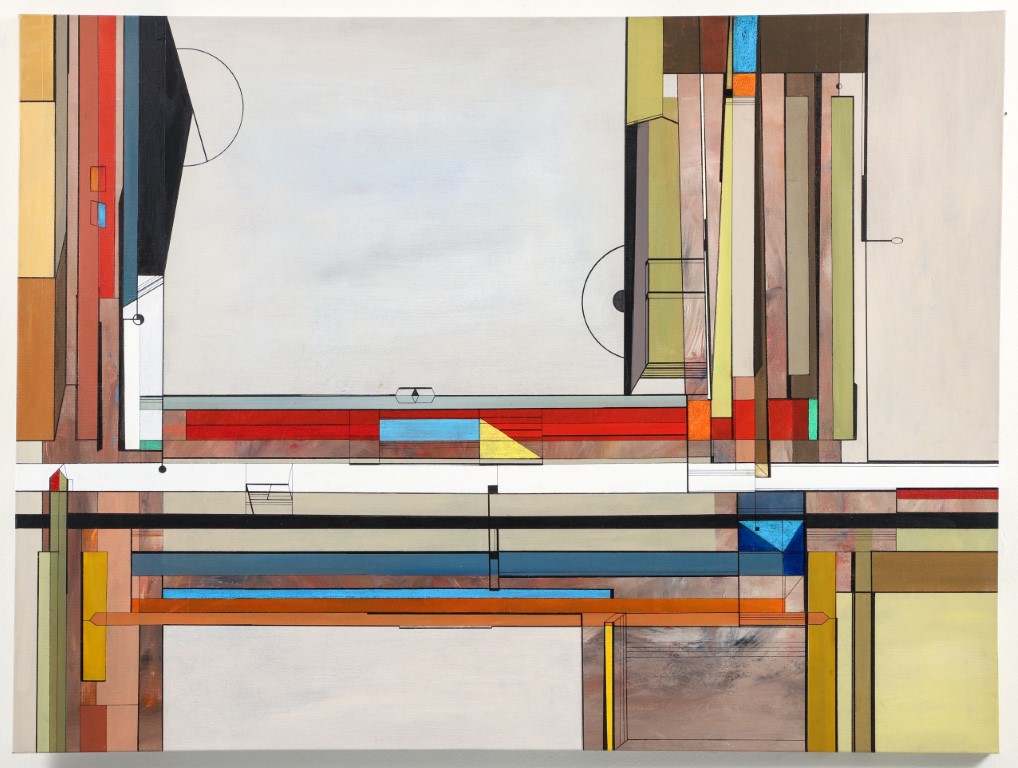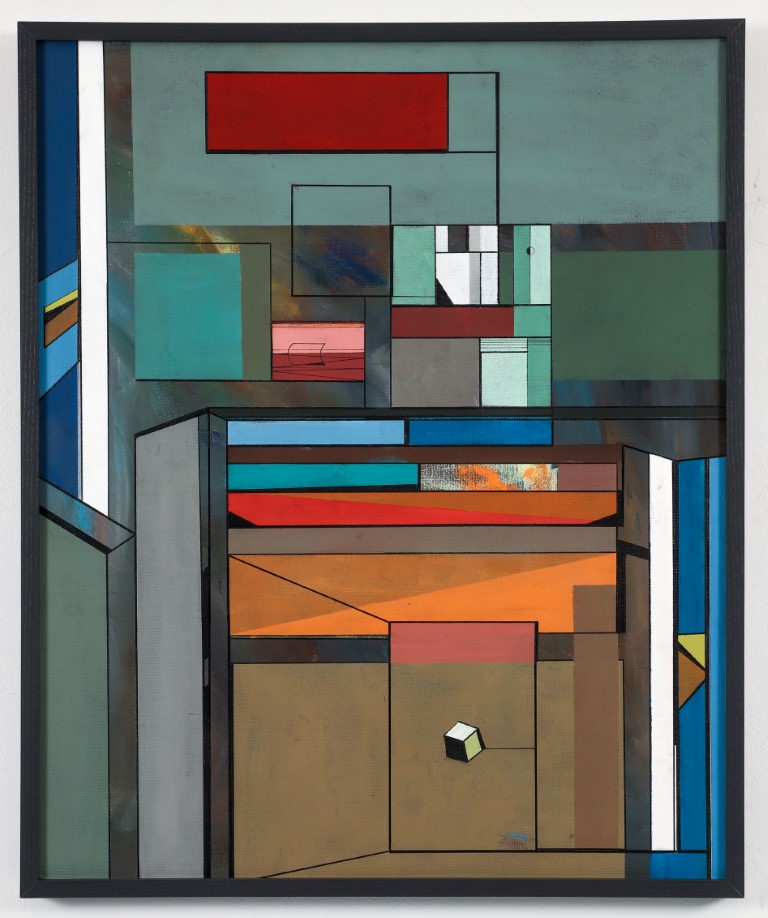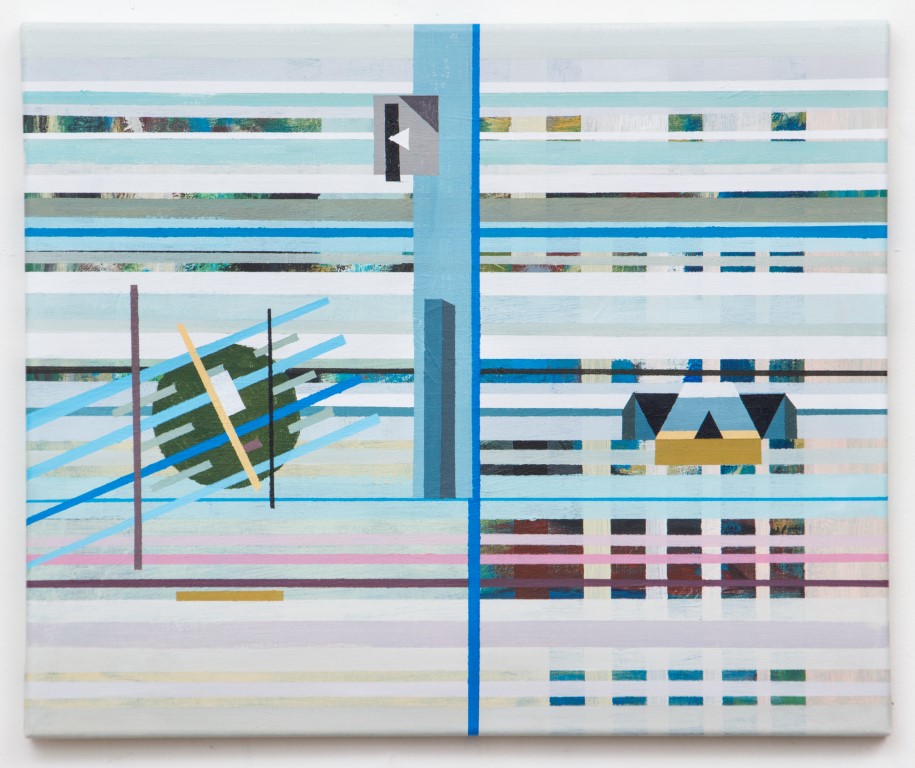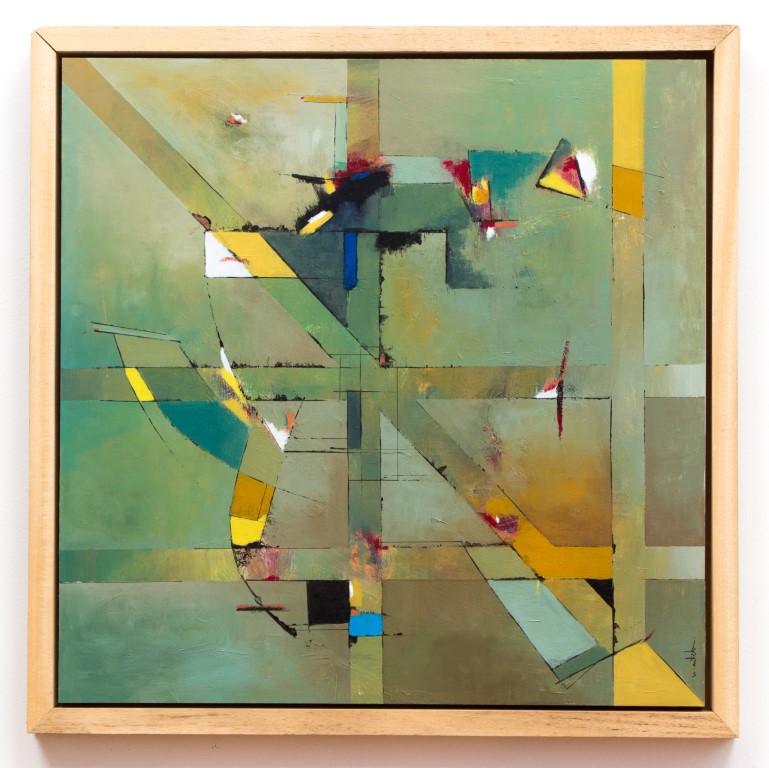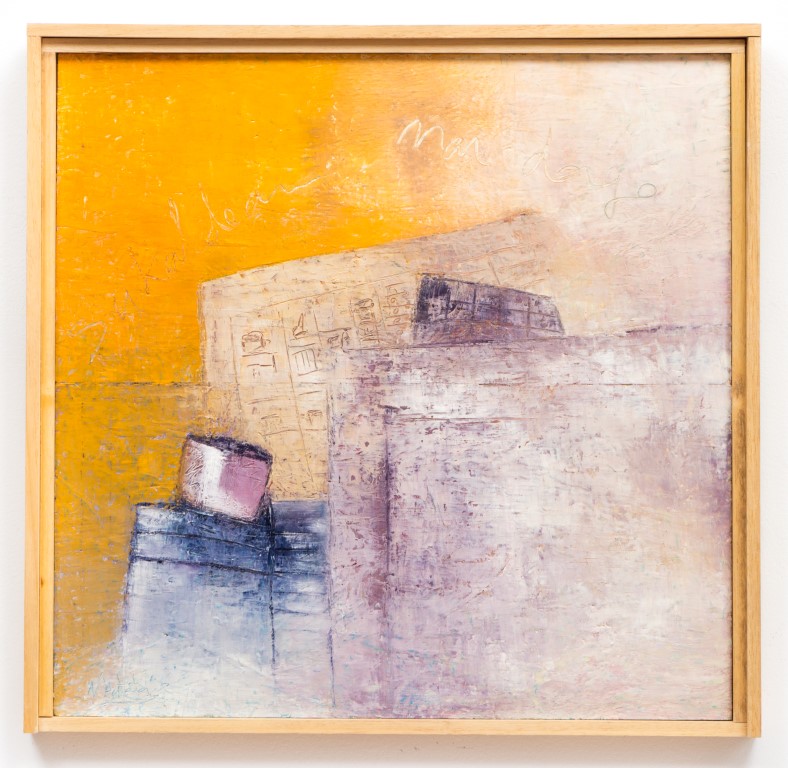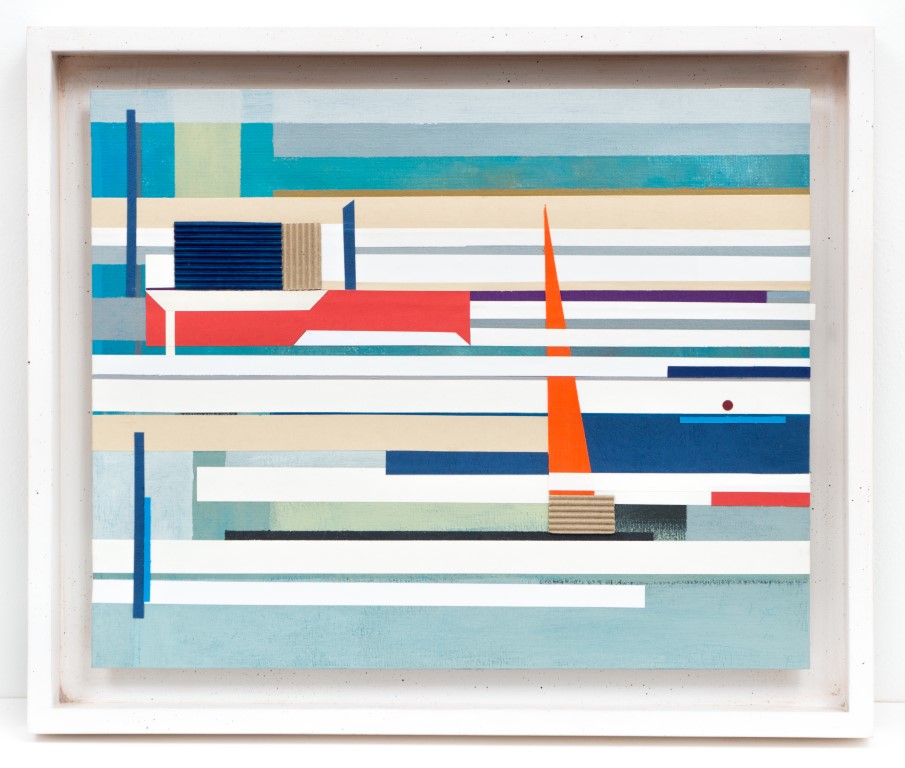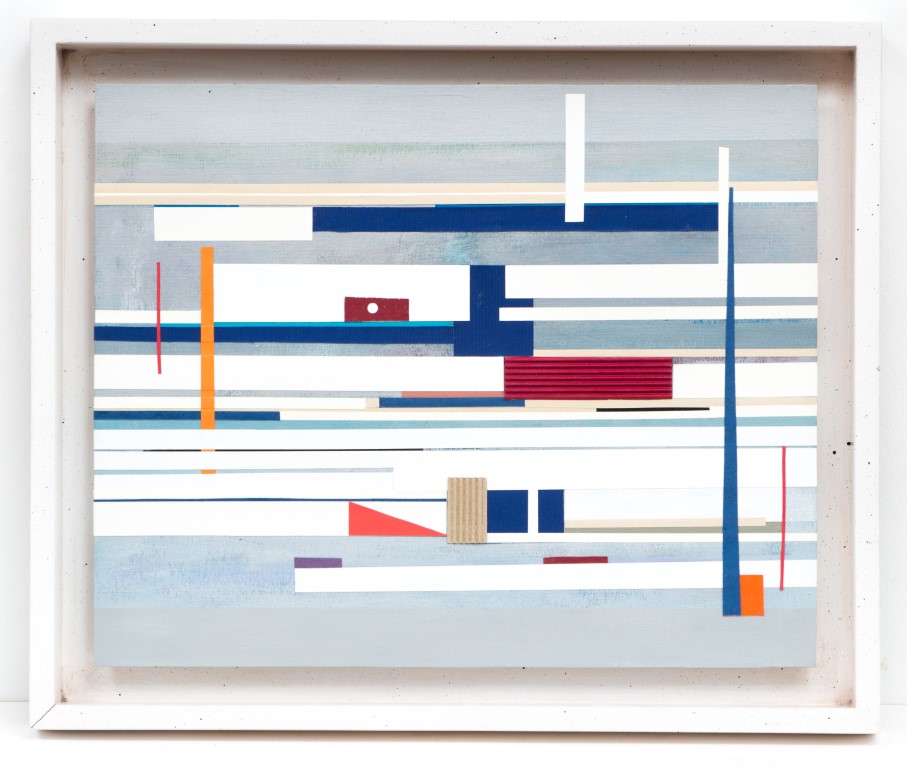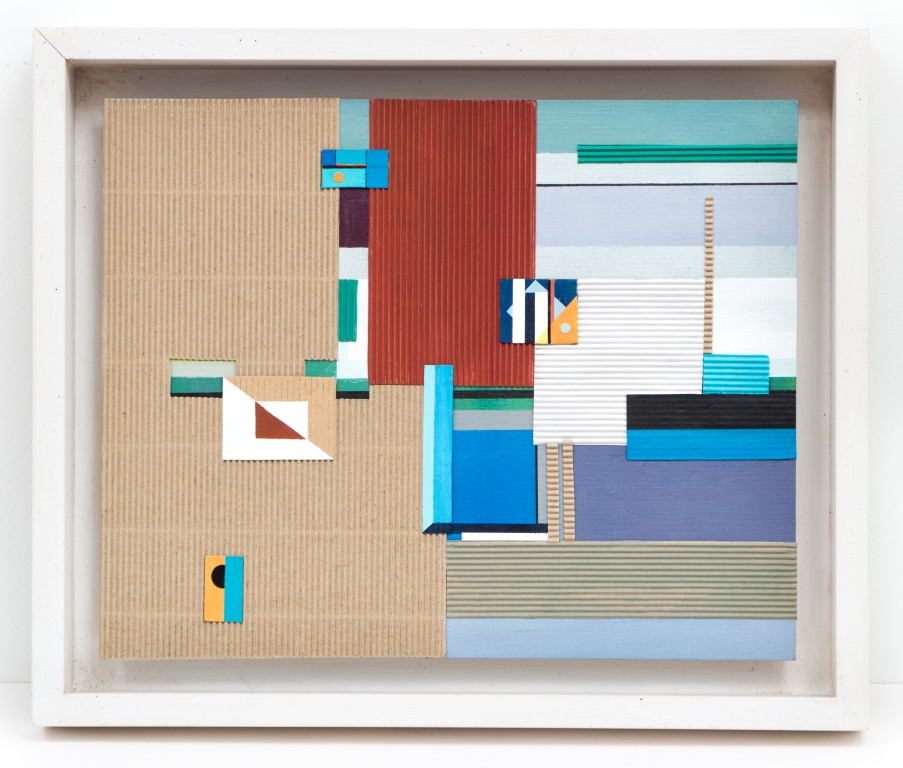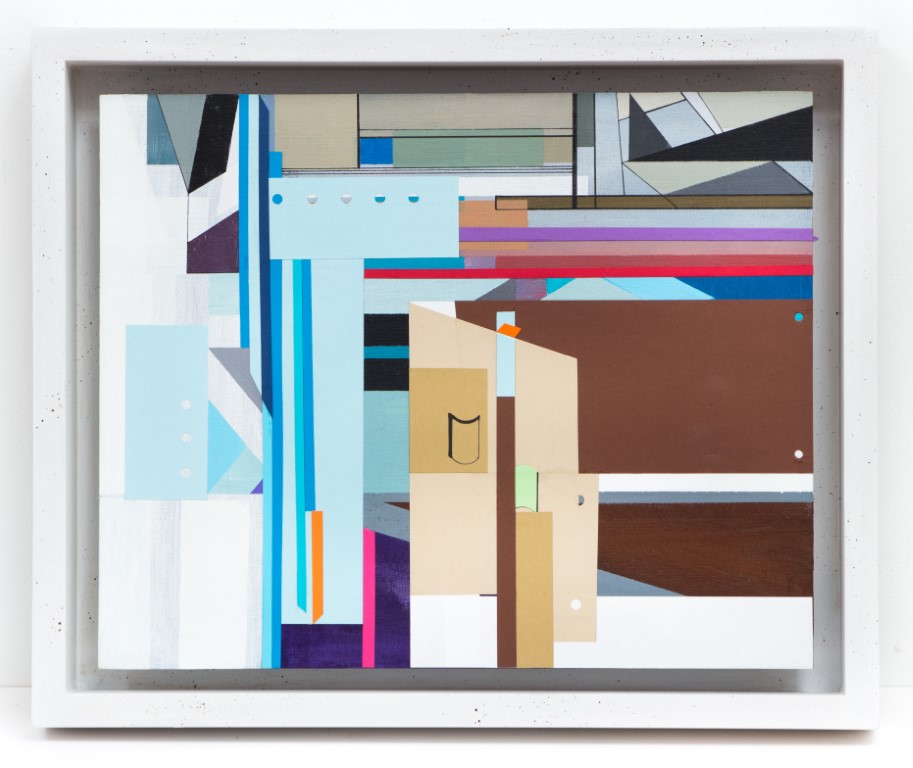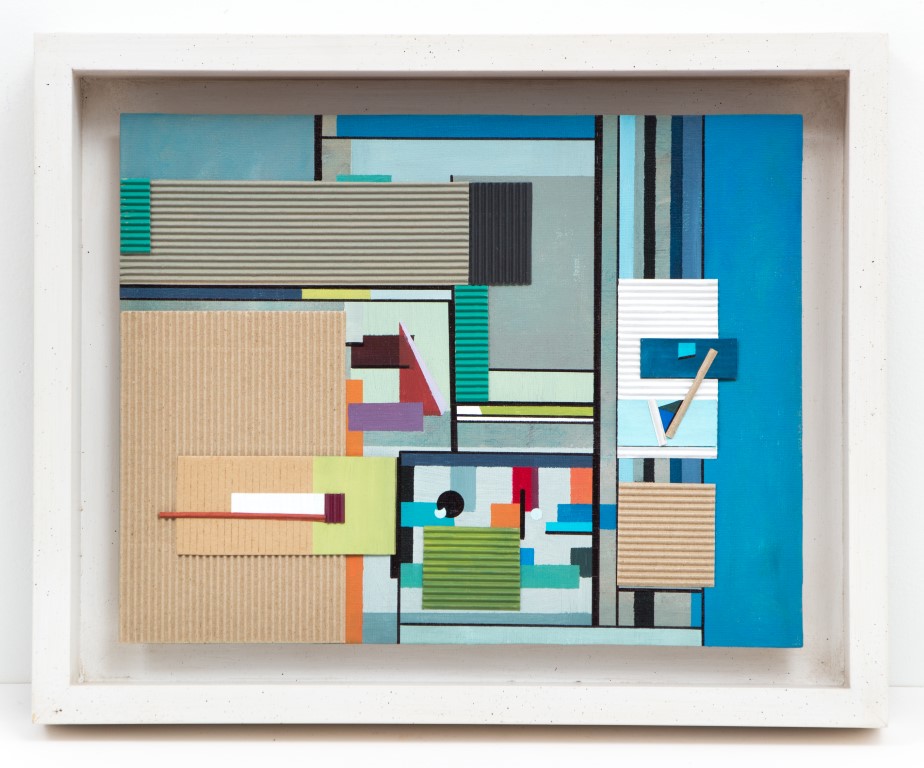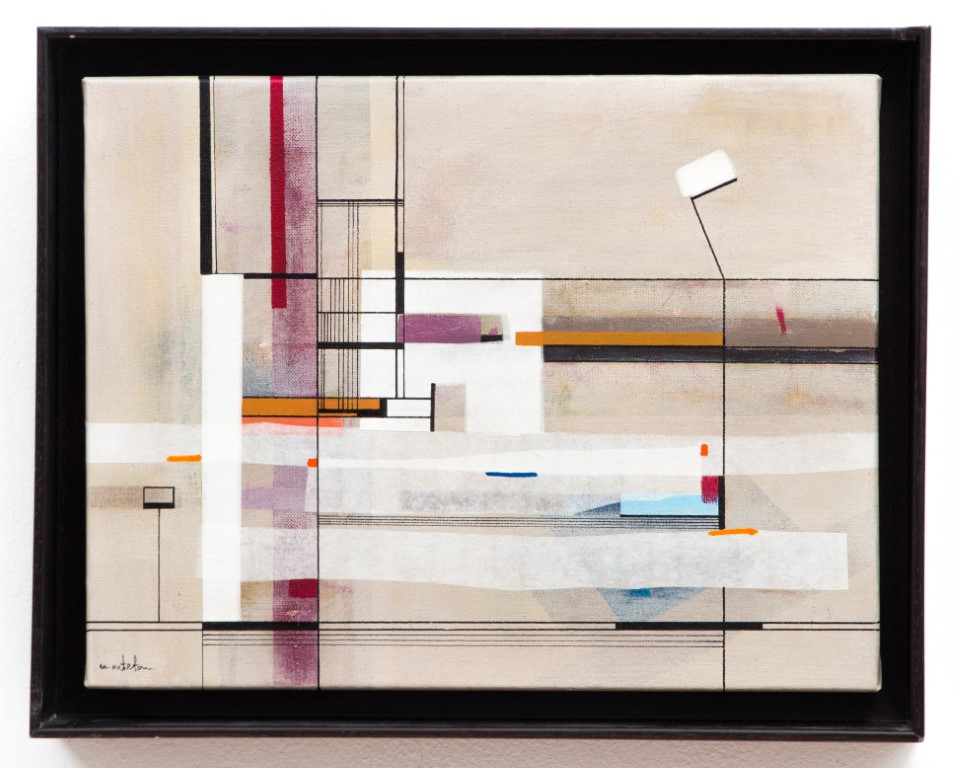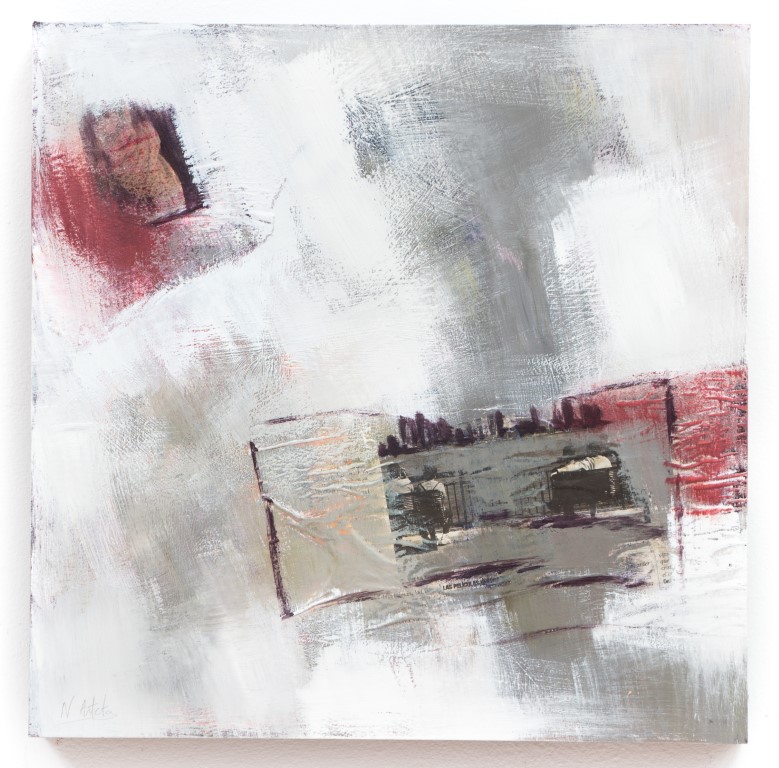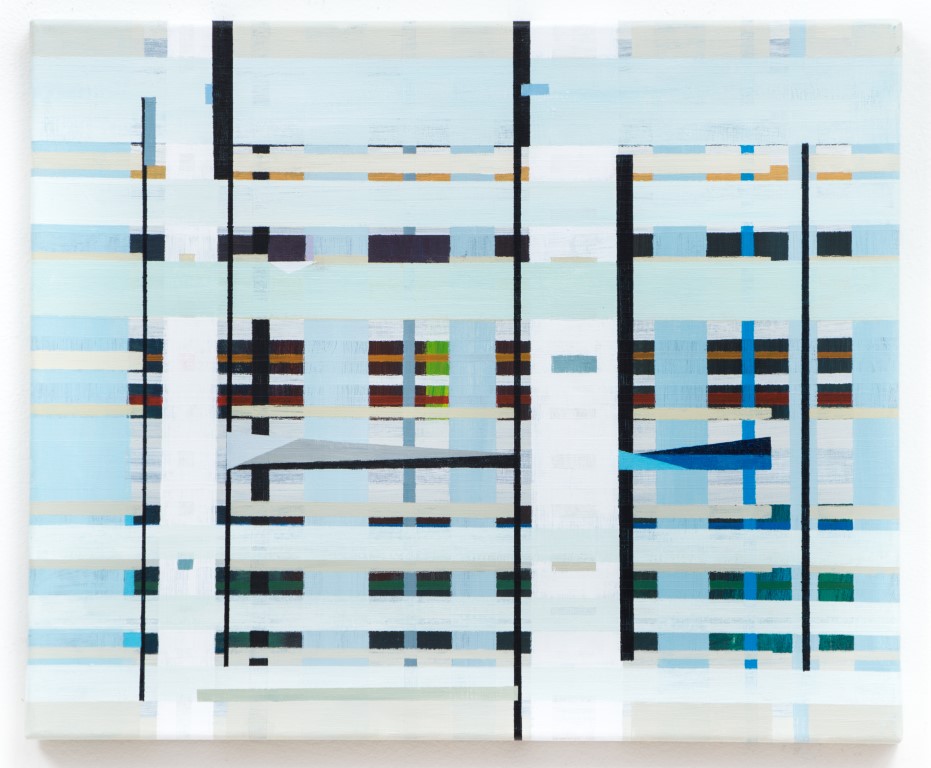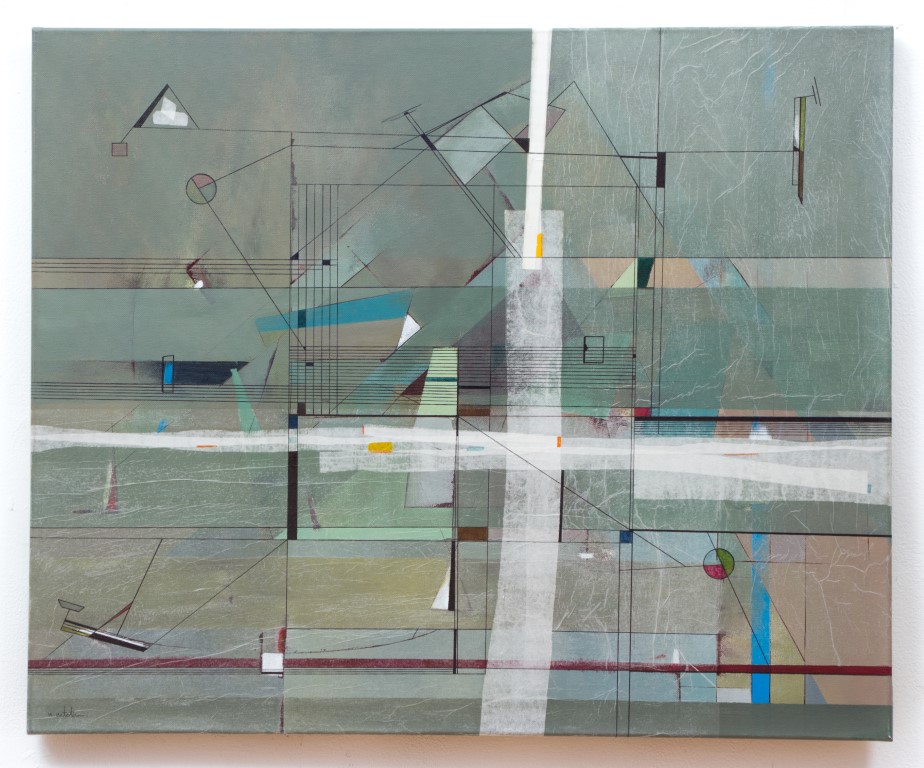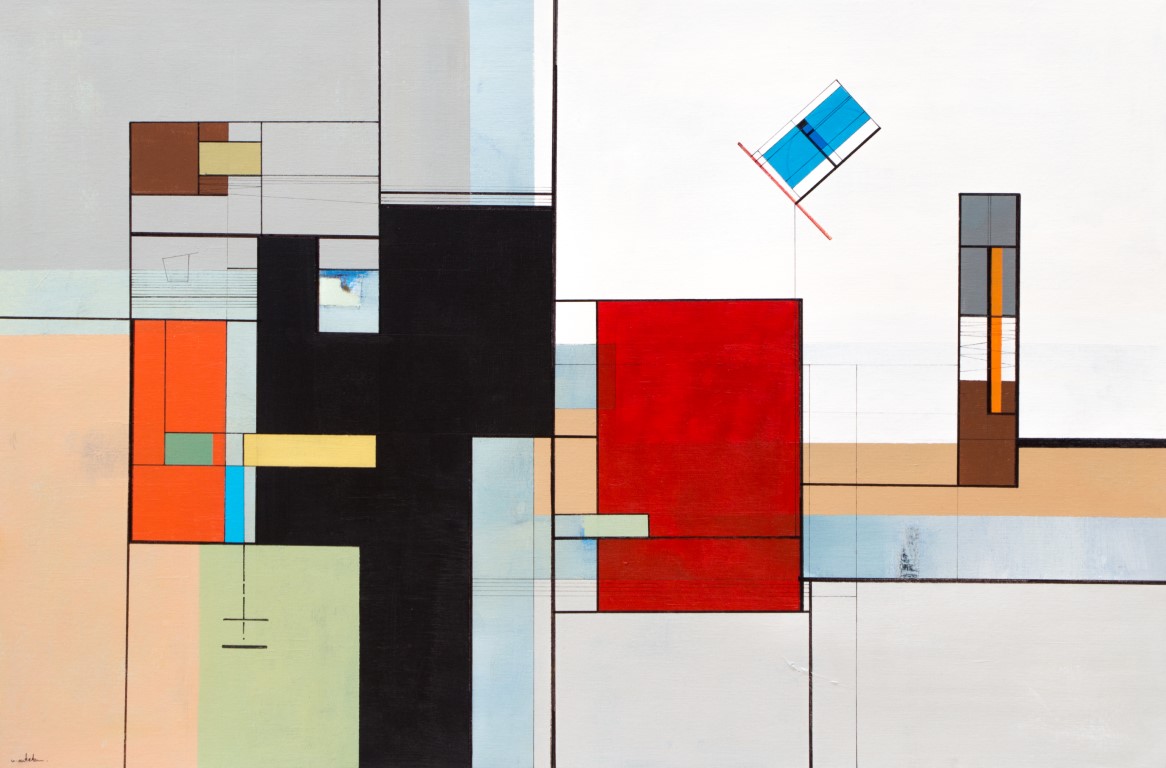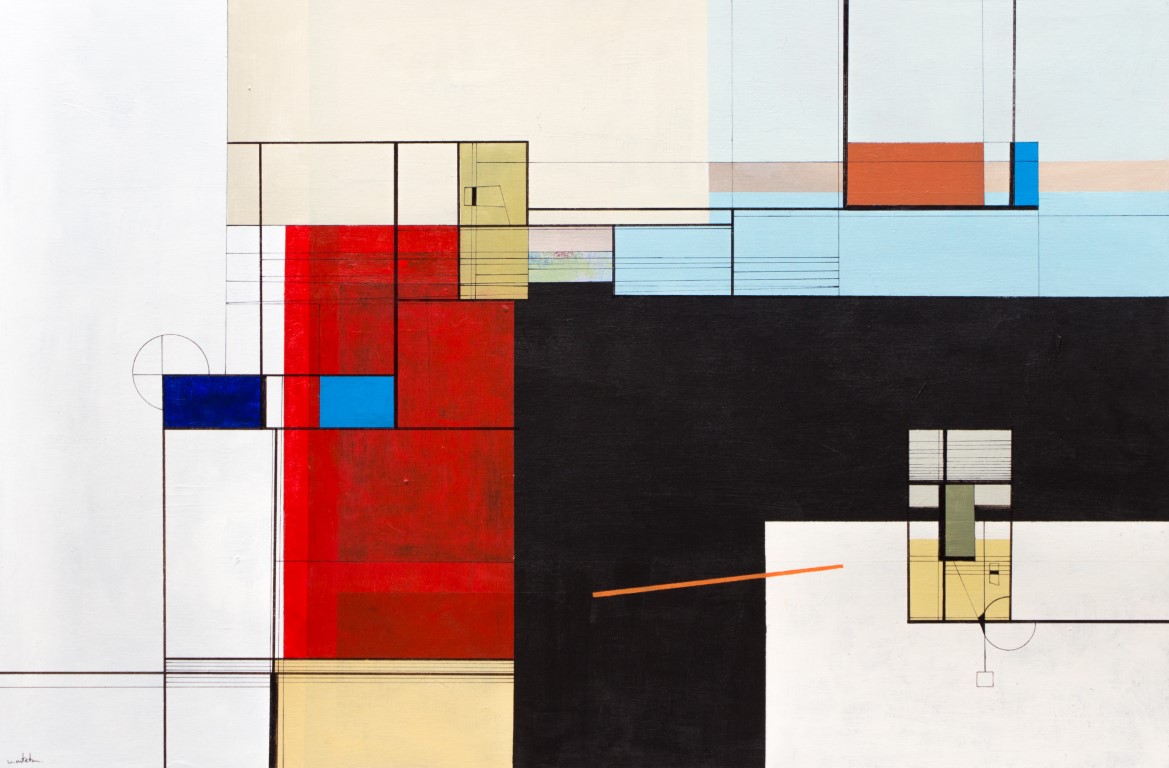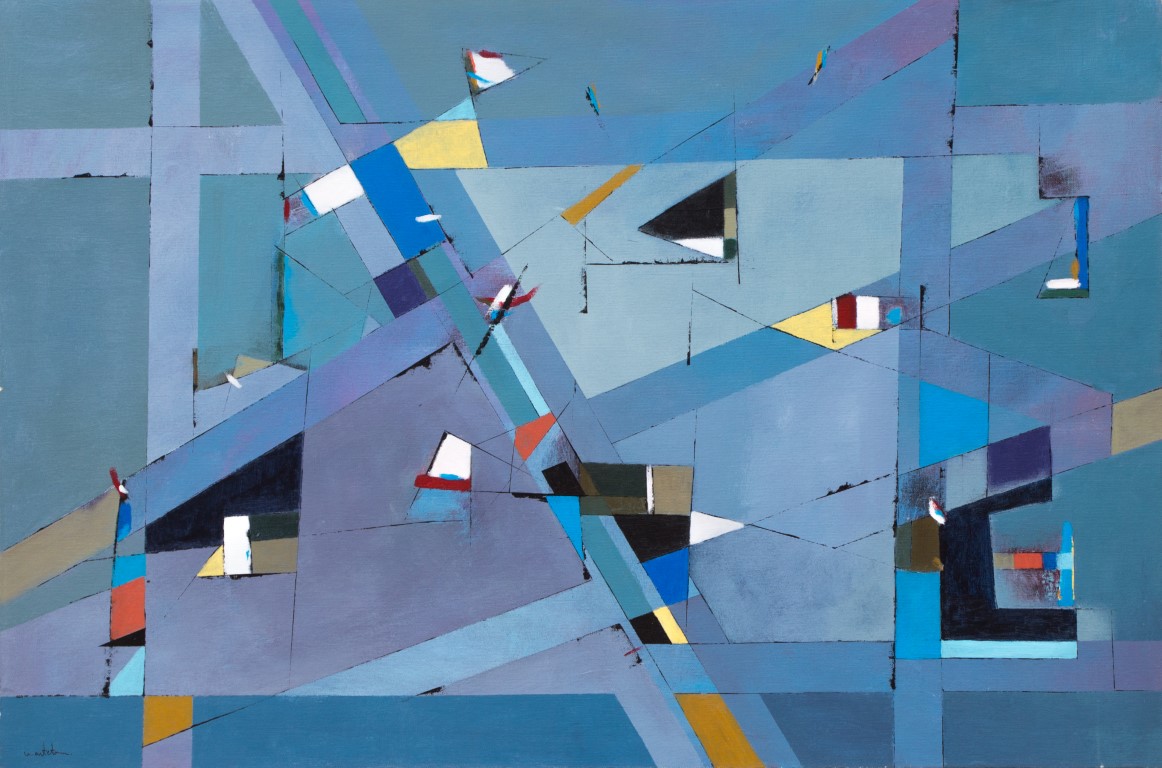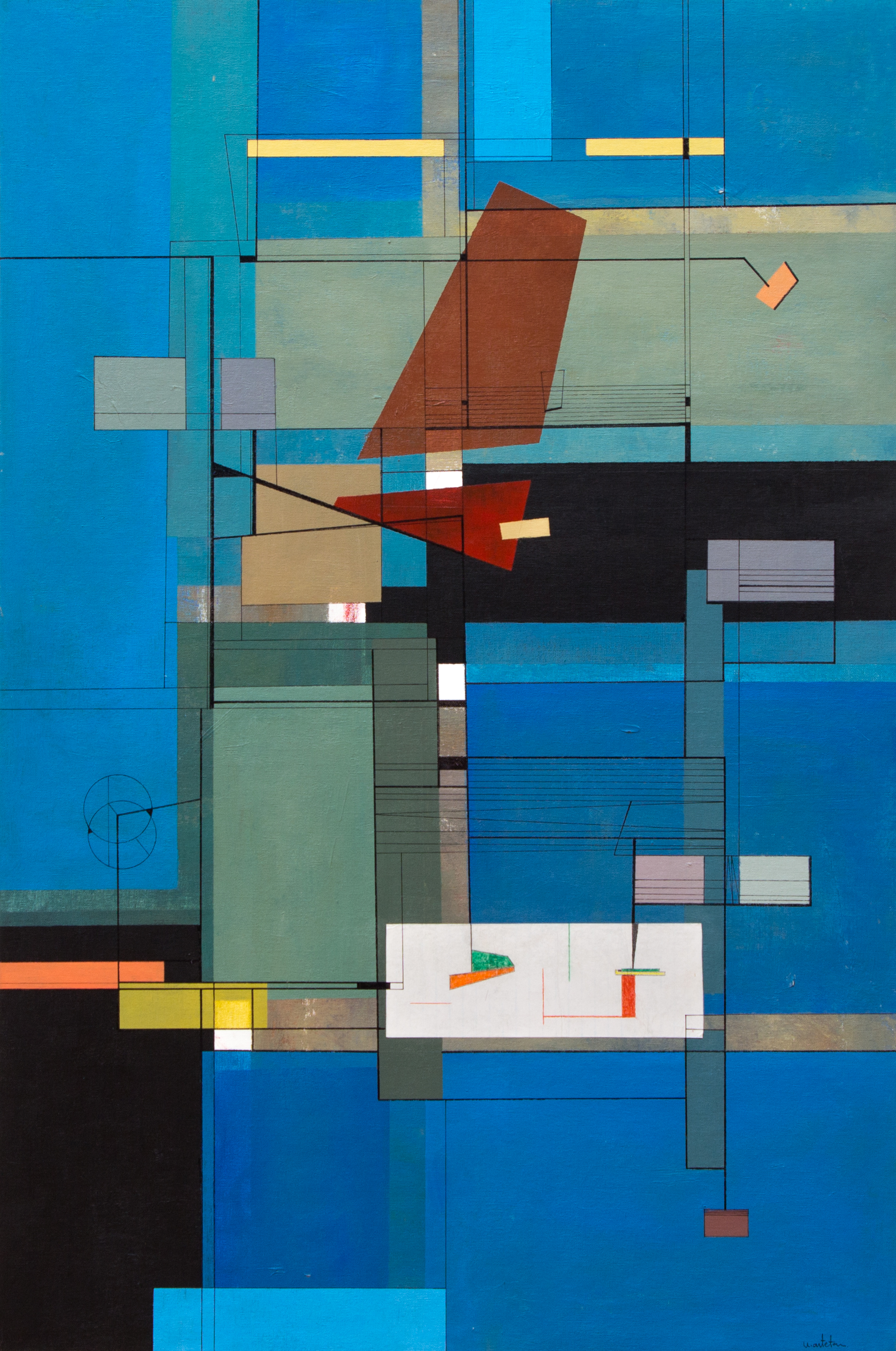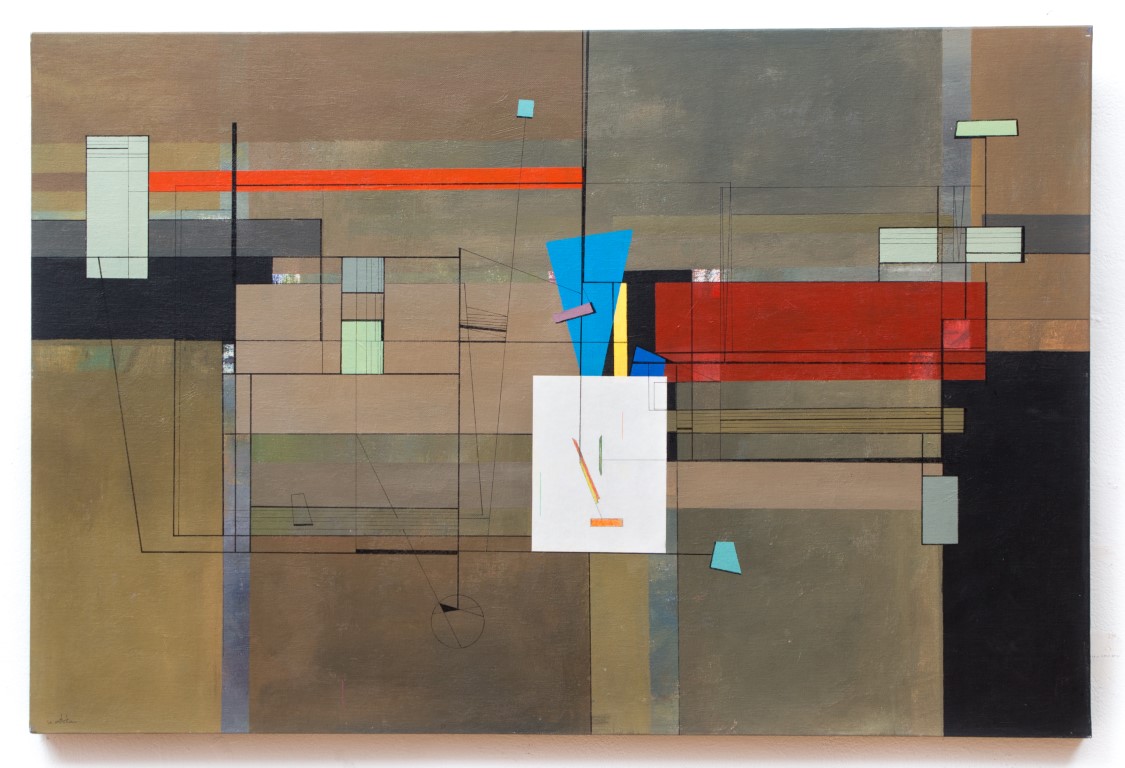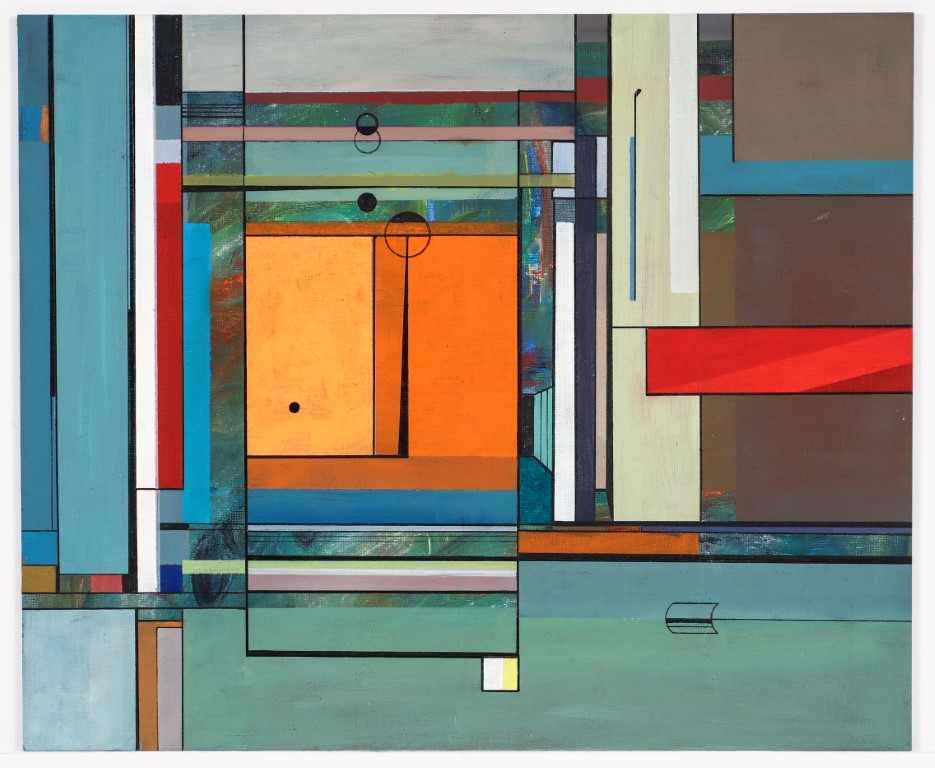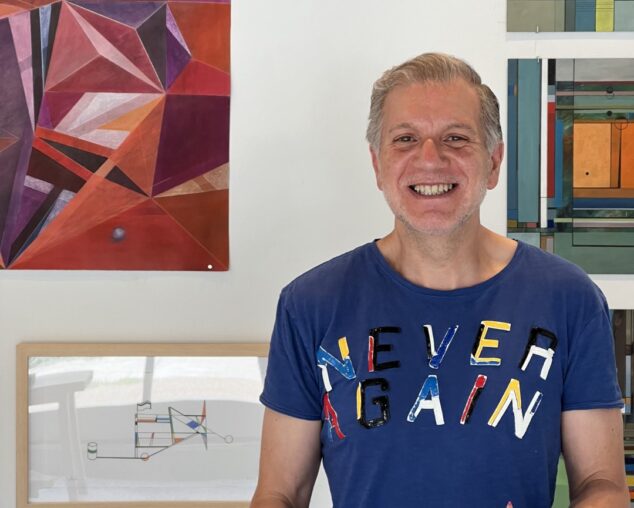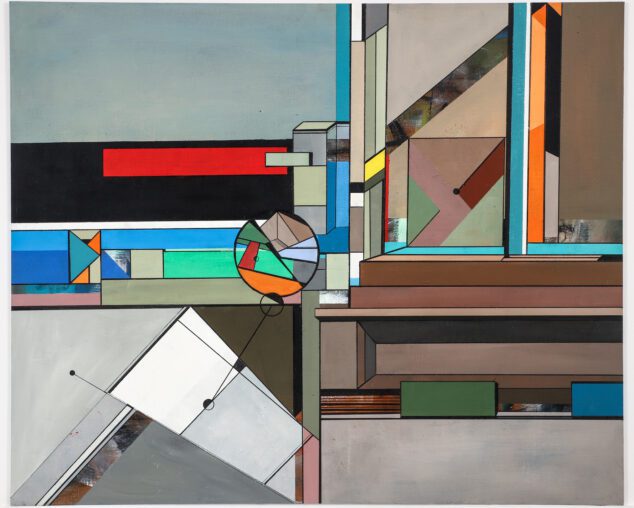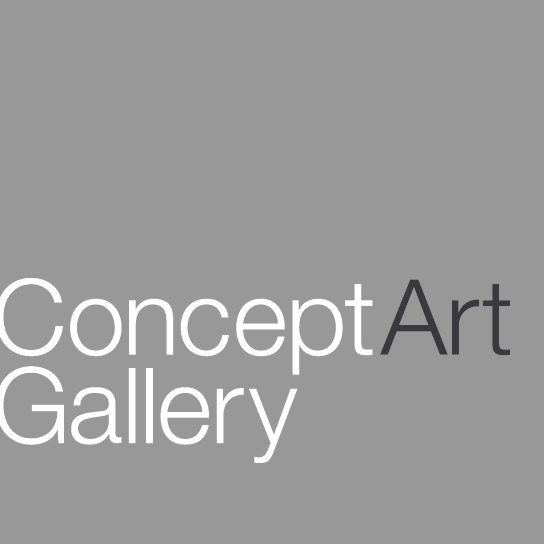
Ignacio Arteta
Meet the Artist
Natxo Arteta was born in Madrid (Spain), in 1965, into a Basque family, which includes artists such as his mother and godfather. Educated between Basque language and culture and American culture, he now shares his time between Europe and the United States. He graduated in Art Studies from the Universidade Aberta (Lisbon – Portugal) where he concentrated in Graphic Art and Media. He continued his education by attending seminars at the Carnegie Museum in Pittsburgh (1996) and the Torre di Babele School in Rome (Italy 1993 -1995). Concept Art Gallery, located in Pittsburgh, PA, represents him nationally and internationally. At present, he is pursuing his Doctorate (Phd) in Digital Art at the Universidade Aberta (Lisbon – Portugal).
Direct contact with professional painters in Spain helped him build his creative skills. His mentors in this artistic world include three acknowledged, Madrid based, Spanish painters, Adolfo Ruiz Abascal, his godfather, Paco Soto Mesa and Maria José Bagazgoitia. He also studies in Rome (Italy) at the Torre di Babele School and continuously studies and experiences the American art reality in Pittsburgh.
Follower of the German Expressionist School, before World War II, and the Russian Constructivism School, most of his work involves these two styles in a constant search of his personal contemporary language. To create his art, he uses a variety of techniques and media including canvas, plywood, Japanese paper, color pencils and ink, oils, acrylic and pastel. He conceives of his art as a language, using colors as grammar and lines as a constant link between different parts of the picture, combining everything to create stories by translating external experiences into his own reality.
His recent work investigates the interaction among different media. Foremost, the compositional correlation between paper and wet media such as ink, watercolor or acrylic. Part of his studio work involves the art of book binding. He creates and binds his own workbooks. The leftover paper from the bookmaking process is used for new compositions.
